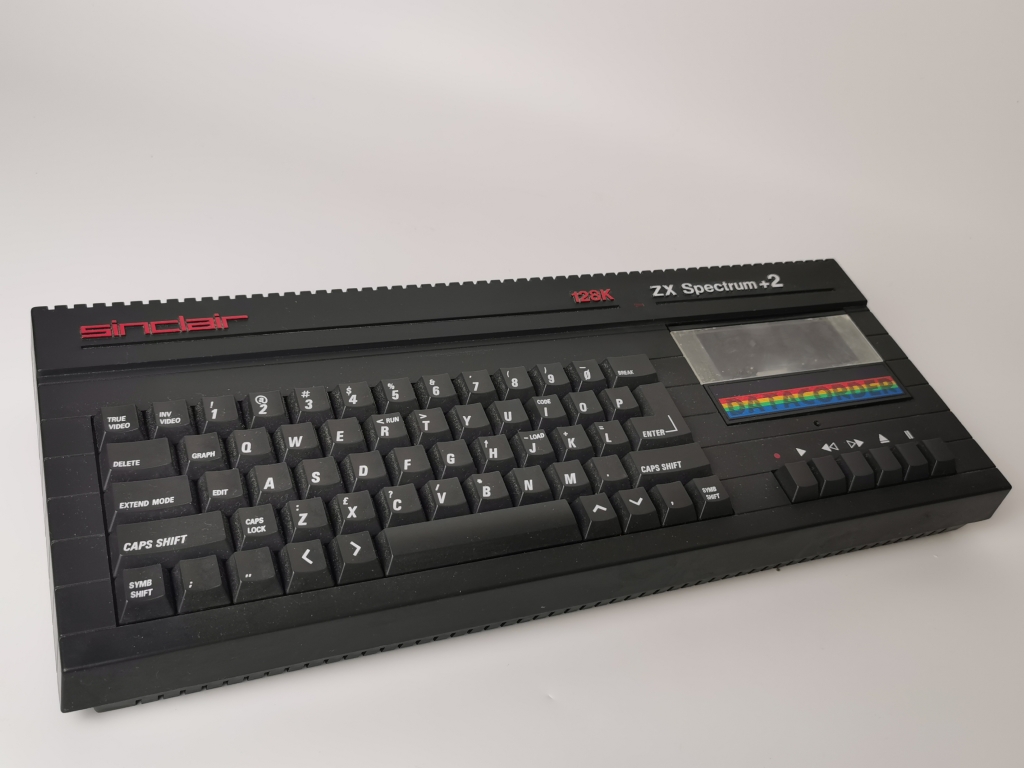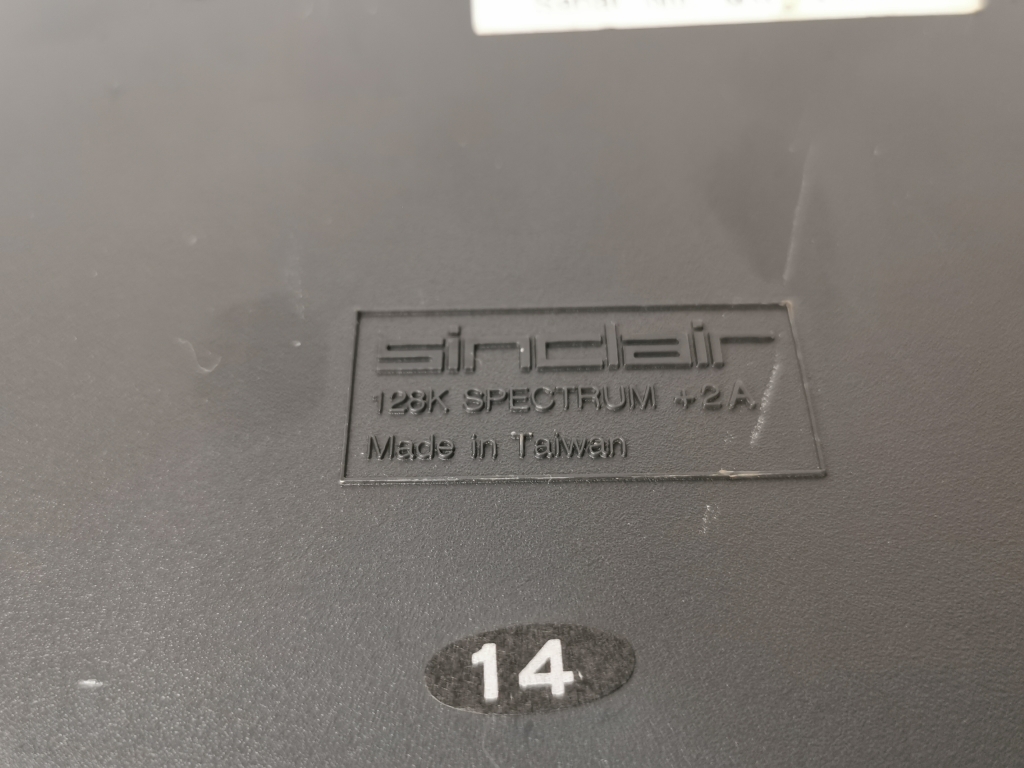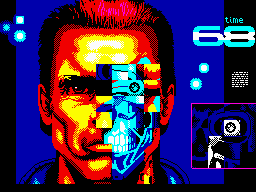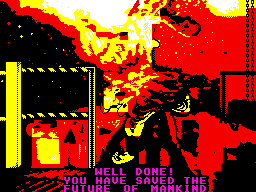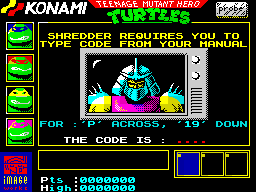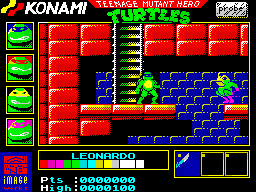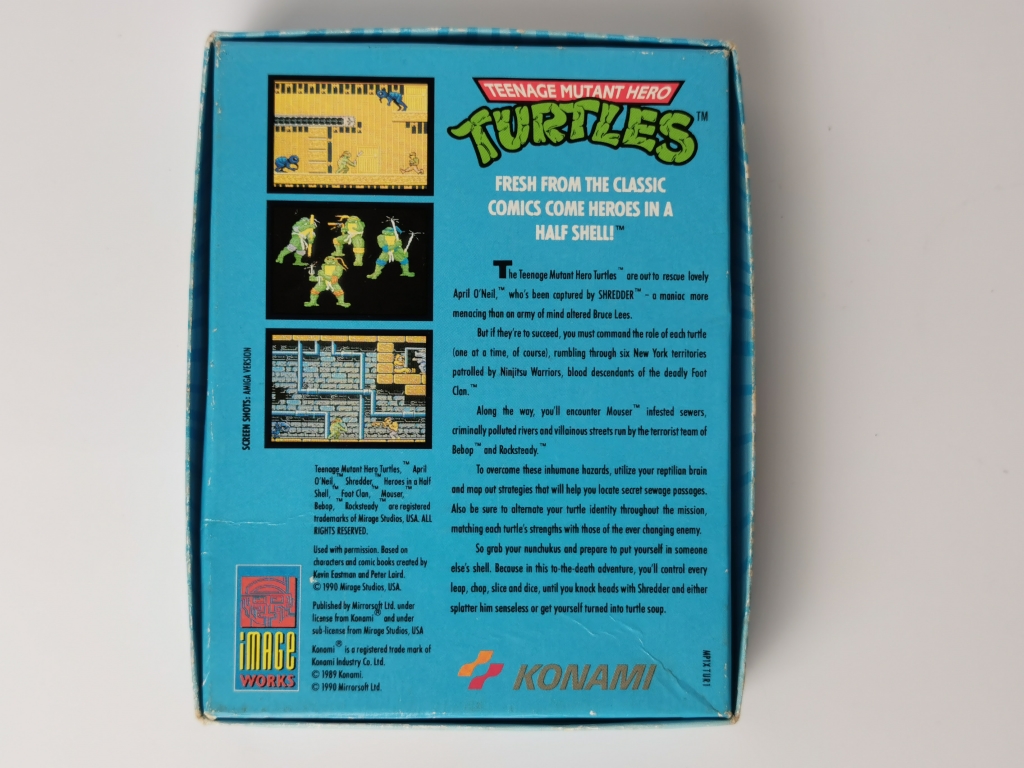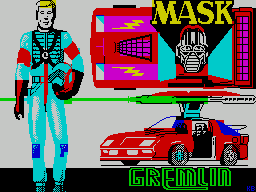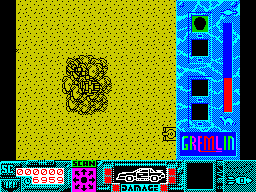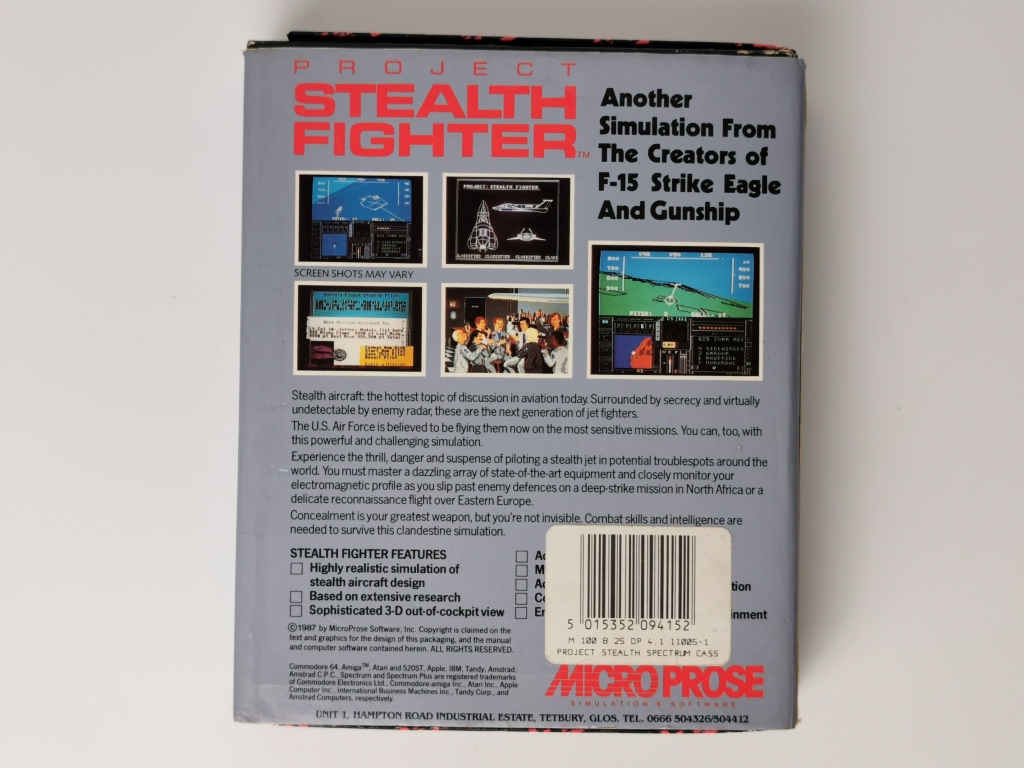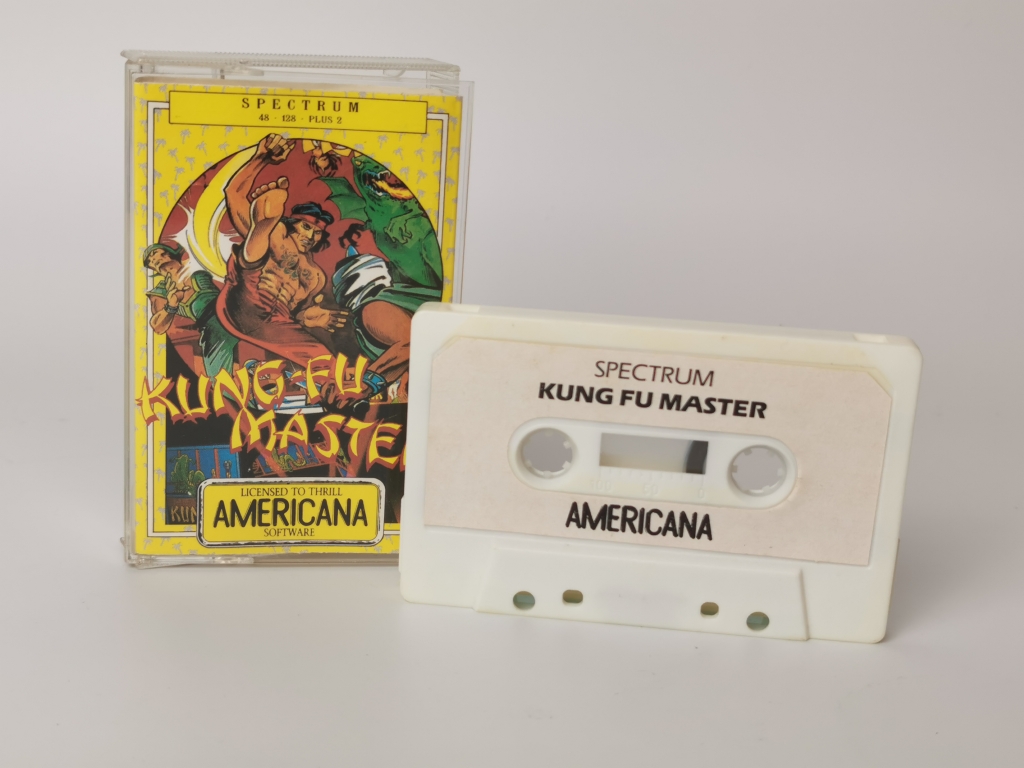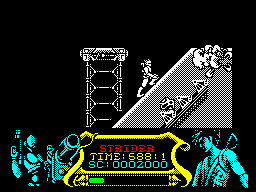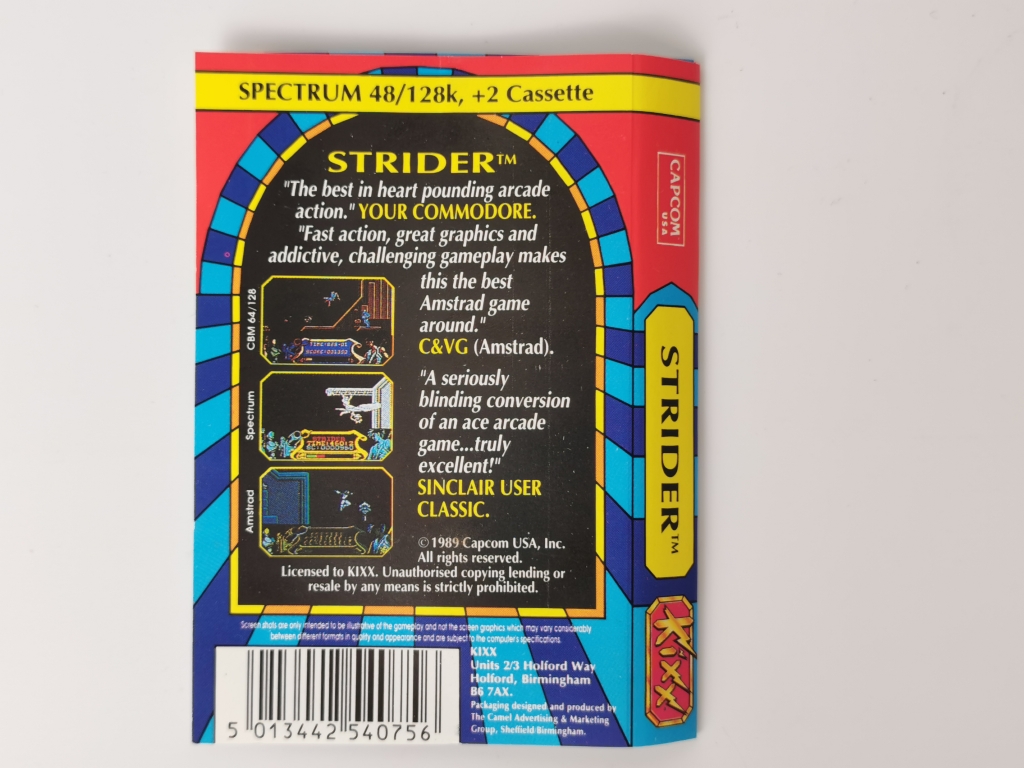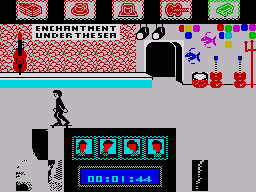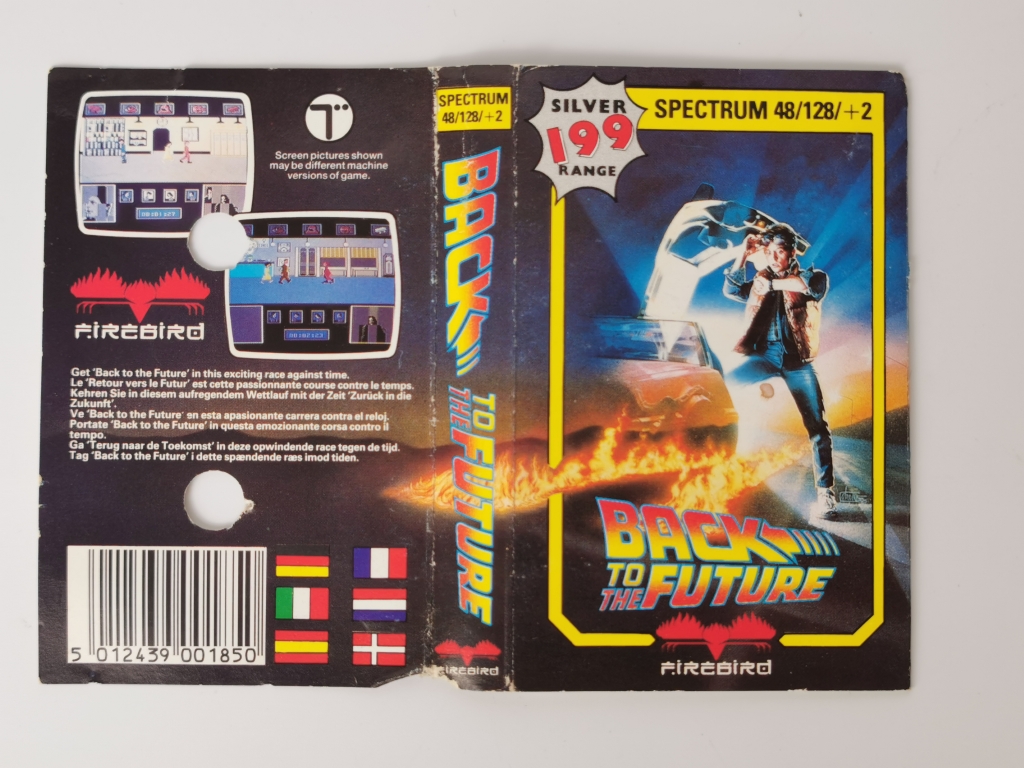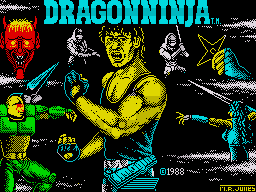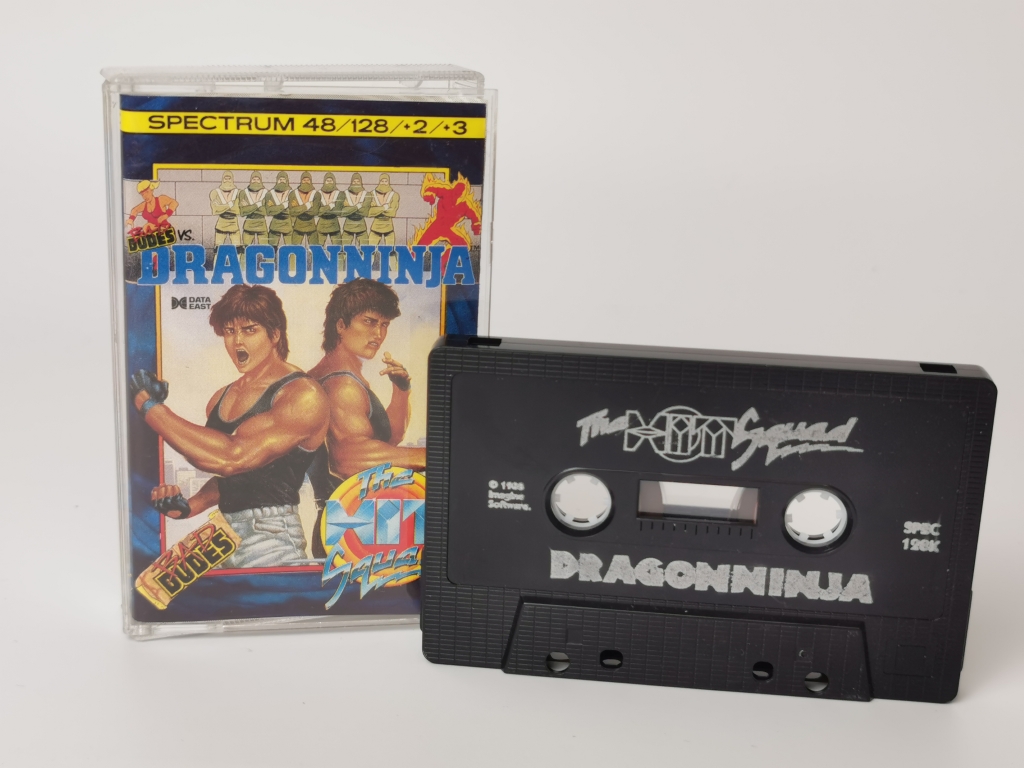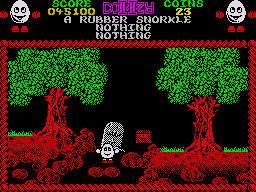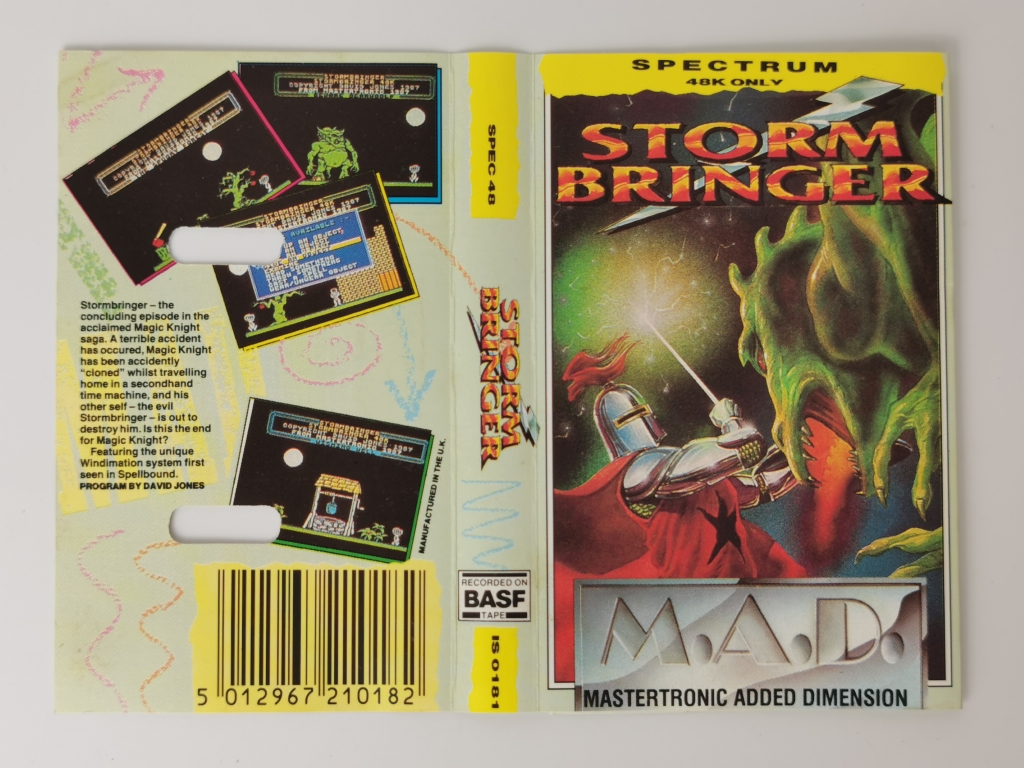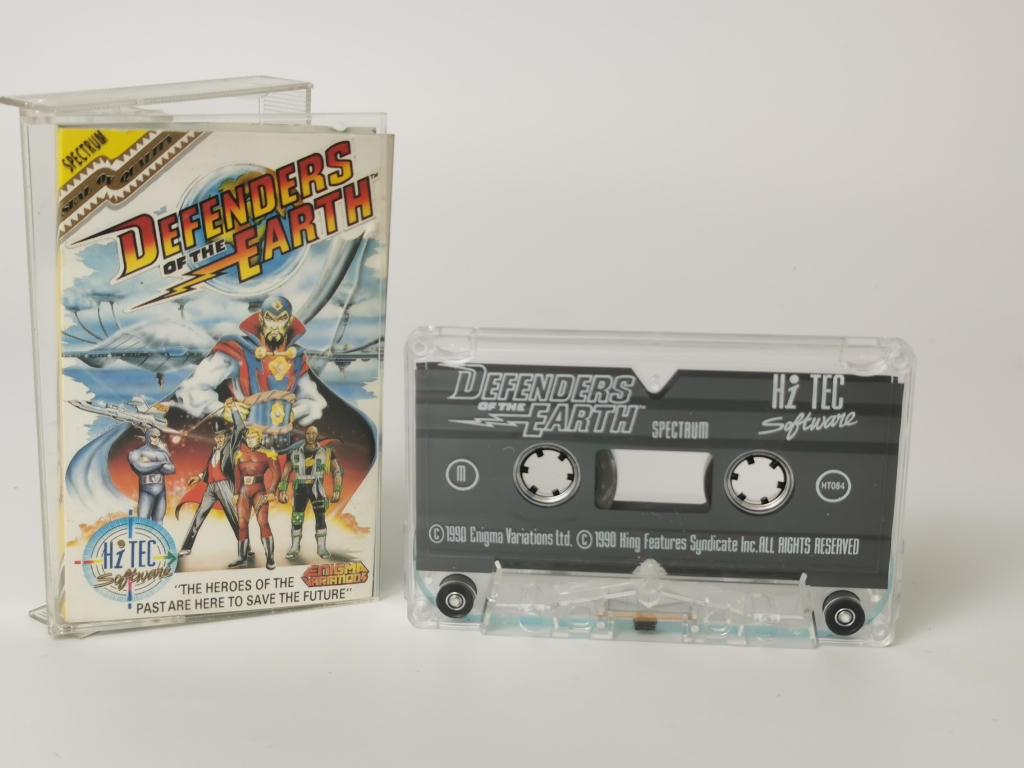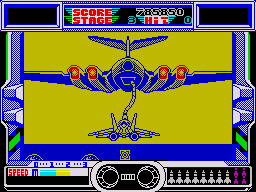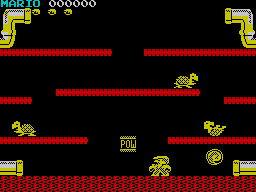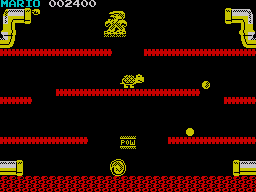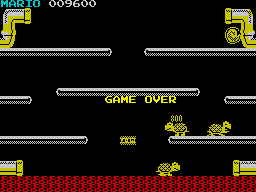Sinclair ZX Spectrum
For more info please visit here
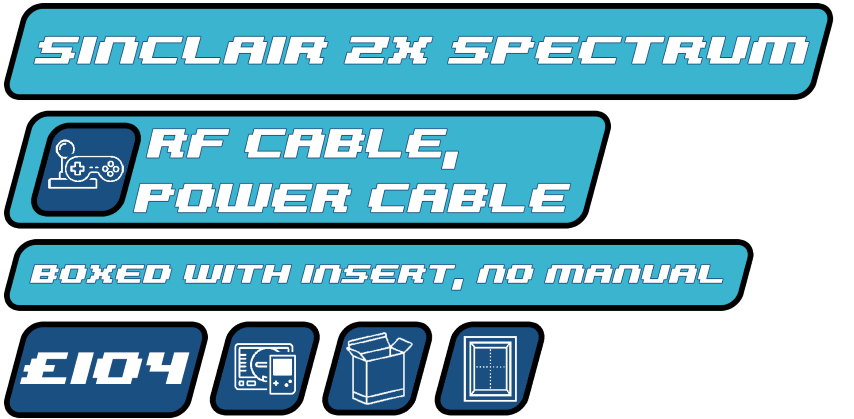
Sinclair ZX Spectrum +2
For more info please visit here

Terminator 2: Judgement Day (1991)
The game consists of several actions parts linked together. All parts are different, each resembling typical games of the genre (for example: 1st level is like a side-view beat ’em up). Between each level a small cutscene from the movie is shown.
Teenage Mutant Hero Turtles (1990)
With April O’Neil held hostage by The Shredder’s thugs, Bebop and Rocksteady, once again, it’s up to the Teenage Mutant Ninja Turtles to come to her rescue! Play as all four of the turtle heroes, rescue April, and then rescue your sensei Splinter from Mecha-Turtles clutches, and then go after The Shredder deep in the bowels of The Technodrome itself.
Teenage Mutant Ninja Turtles is an action game based on the late eighties/early nineties cartoon series of the same name. Play as Leonardo, Michaelangelo, Donatello and Raphael (one turtle only, but the ability to swap between turtles at any time) as you save your friends and battle The Shredder and his cronies. There are no ‘lives’, as such – when you lose a turtle, he becomes ‘captured’, and you cannot use him again until you rescue him from a place hidden in the overworld.
Gameplay takes place in two perspectives: a top-down view, which lets you run around and explore buildings, sewers and other places. When entering places from the top-down view, the perspective shifts to a side-scrolling view, where most of the battling takes place. In addition to each turtle’s main weapon, sub-weapons (such as shuriken) can be acquired, to use at foes – these have a limited use.
MASK (1987)
MASK is game based on a popular animated TV series of the mid 1980’s. In addition to the TV series, entitled M.A.S.K., an acronymn for Mobile Armored Strike Kommand, there was also a series of books, authored by Kenneth Harper and illustrated by Bruce Hogarth, and comics. A new line of toys was produced to accompany each TV series.
The stories all centre around the M.A.S.K. organisation led by the fearless Matt Tracker. M.A.S.K. agents wear helmets or masks to protect their identities and to give them super powers which help in their fight against the criminal V.E.N.O.M. organisation. They drive super powered vehicles which can transform.
V.E.N.O.M., aka the Vicious Evil Network of Mayhem, are the bad guys. They are by Miles Mayhem one time friend of Matt and co-founder of MASK who betrayed Matt long ago.
There are four areas to the game and in all Matt must drive his Thunderhawk vehicle around the game area, avoiding V.E.N.O.M.’s armoured vehicles and tanks while accomplishing tasks in a specific order.
Project Stealth Fighter (1990)
The original 8-bit predecessor to the now better known F-19 Stealth Fighter. Take control of a top secret classified Lockheed F-19 and fly missions in Libya, the Persian Gulf, Scandinavia, and Central Europe, with a variety of selectable mission parameters such as rules of engagement, escalation of conflict, risk, type of target, and skill levels with regards to landing and fighting.
Similar in scope and design to F-19 Stealth Fighter, but otherwise a completely different game, with graphics and physics more aligned with the capabilities of Gunship than with its 16-bit remake, completely lacking its speed, polygonal complexity, and features such as external chase camera, tactical views, and side/rear views. According to original co-designer Arnold Hendrick, “The only thing borrowed from the C64 would be the game scenario concepts, military equipment research data, and perhaps some flight dynamics algorithms”.
Kung-Fu Master (1985)
Loosely based on a movie, Kung-Fu Master is a side scrolling action game for one or two players, who alternate turns.
Mr. X has captured the pickpocket Sylvia and it is up to Thomas, a kung-fu master who owns a restaurant, to get her back. She is located on the top floor of Mr. X’s castle and Thomas will need to fight his way to the top. Of course, this won’t be easy as each floor has many opponents to get past and a floor boss at the end of each level.
Thomas is able to move left and right, jump, duck, and punch and kick. Enemy projectiles such as knives can be kicked in the air to rebound them towards the enemy. On the top floor resides Mr. X himself.
Strider (1989)
The year is 2048 AD. In Russia, the evil Grand Master Meio has begun his insane plot to take over the universe. A lone figure drops from a stealth glider into Meio’s base. He is Hiryu, Super A-Class Strider. His mission is to defeat the Grand Master and put an end to his plotting once and for all.
Strider lets the protagonist run, jump, perform acrobatics and climb walls and overhangs. He wields a plasma sword, called a Cypher, through five levels fighting robots and guards, with mid- and end-level bosses.
Shinobi (1989)
You control a shinobi, Joe Musashi, who must battle his way through each level in search of hostages which must be rescued. You have shurikens, kicks and punches to defend yourself with, as well as powerful ninja magic which can clear the screen of enemies in one go.
Each level is broken down into smaller scenes, and hostages are guarded by big blokes who throw swords. Watch out for gun-toting enemy henchmen and ninjas.
Reaching the end of each level will find you battling it out with a boss. These range from 8ft tall giants to helicopter gunships.
Back To The Future (1986)
Based on the 1985 time travel flick, Electric Dreams’ Back to the Future computer game differs significantly from LJN’s version on the NES.
The player takes control of teenager Marty McFly; zapped into the past by an experiment gone wrong. To preserve Marty’s future existence, the player must lure Marty’s mother-to-be into spending more time with his father, while avoiding the school bully. These computer-controlled characters will wander the game areas and interact with each other according to basic rules – Marty’s mother will follow him around, his father will avoid the bully, the bully will knock Marty out if their paths should cross, etc. If left to their own devices, Marty’s parents will not meet and his time will run out (indicated by a fading family photo).
The game world consists of five distinct areas, each the size of one screen. A separate “hub” area scrolls past the entrances to these five zones. Each of the five areas holds a collectible item, with a different effect (attract, repel, or no effect) on each character. A skateboard can also be collected to travel across the hub faster.
The player must use their collected items to keep Marty’s mother and father in close proximity, while also keeping the bully away.
Turrican (1990)
Three-headed demon Morgul has been influencing people’s dreams to create nightmares, but more recently these nightmares have become real. Only Turrican can save them in this fast paced side scrolling shoot-em up. It features 5 worlds and 13 levels of challenging gameplay.
Gameplay is conceptually simple: just jump, shoot and explore. However, this game puts a lot of emphasis on finding and using the 10 different weapons Turrican can collect.
Bad Dudes Vs Dragon Ninja (1988)
Bad Dudes is a six-level action game originating in the arcades. The gameplay involving beating a succession of guys to complete the level, then an end-of-level bad guy. The action takes place on two different levels of the screen, which can be jumped across or navigated using ladders. Moves such as punches and kicks are on offer. The control method makes jumping sideways quite tricky.
Count Duckula in No Sax Please – We’re Egyptian (1989)
Count Duckula (in No Sax Please – We’re Egyptian) is a 2D platformer with adventure elements. The game is based on “Count Duckula”, a British animated television series.
Count Duckula with his servants Igor and Nanny have brought their European style castle to ancient Egypt. Once there they set their on the Sax, an ancient Egyptian saxophone with magical powers. The Sax is hidden in the pyramid tomb of the pharaoh Upanatem, deep in the burning desert. Cont Duckula’s rivals the Crow Brothers inadvertently hitched a ride on their time travel and are preparing their own expedition to foil the vampire duck.
Players control Duckula. The count must explore the pyramid, solving puzzles and collecting useful items, while keeping an eye out for wandering mummies and crows. Duckula must avoid the mummies, falling rocks and the Crow Brothers. If the count is touched by any of these then he is “frozen” and the clock advances by one hour. Duckula can pick up various useful items; if you don’t want an item then Duckula must jump over it. Duckula can carry only up to three items.
Treasure Island Dizzy (1988)
This is Dizzy’s second adventure. Dizzy is a cute little egg character who must explore the strange magic kingdom that is Treasure Island, solving problems and puzzles in order to escape from there. Dizzy must journey through haunted mines, tree villages, and underwater caverns in order to find hidden treasures. They will be used as bargain items to buy parts for the boat. The secondary goal is to collect 30 coins so he can pay the bribe in order to safely get off the island.
Unlike the other installments in the series the player has only one life without any energy bars to complete the game and is unable to select any particular item from the inventory for use. Items are rolled up through the inventory so the top one is used or dropped.
Scooby-Doo And Scrappy-Doo (1991)
This licensed platform games sets you as Scrappy Doo, with the aim of trekking through four levels to rescue Scooby and Shaggy. As his name suggests, Scrappy is adept at using his fists to vanquish many of these foes. The layout of the castle and the route to it features lots of ladders, ledges and gaps to negotiate. Bonus lives (via Scooby Snacks), invincibility periods and extra points (burgers) are on offer throughout the game. Many of these are in precariously-placed areas that require precise timing and considerable risk to reach.
Storm Bringer (1987)
Stormbringer is the fourth and final game to star Magic Knight. Magic Knight must meet with his alter-ego, the Off-White Knight, by reaching his castle hideout – which means clearing 64 screens of adventure.
As with the rest of the series, the game uses a largely visual system, in which a press of the fire button calls up a menu of options, such as ‘examine’, ‘pick up’ or ‘cast spell. Selecting these calls up a sub-menu to choose what should be examined or thrown, which objects to combine, which spells to cast, and so on. The objects to be used include a chicken, a disguise, and eggs. One new feature is that bolts of lightning are fired down at Magic Knight from the sky, and these must be avoided.
Defenders Of The Earth (1990)
The Defenders of the Earth consist of veteran comic-book heroes Flash Gordon, Lothar, the Phantom and Mandrake. Ming the Merciless has kidnapped their children, and they set off to rescue them in this action game. As Flash you journey through the side-scrolling areas of Ming’s castle, shooting your way out of trouble. You can call on the assistance of the other Defenders, who can open doors and set diversions of enemies. Quick progress through the levels is needed, as Ming’s security cameras are set to detect your presence.
Predator (1988)
Predator is a side-scrolling platformer which uses the imagery and characters from the classic Arnie movie of the same name. The game is not a faithful conversion of the movie however – your unit has already been killed off when the game starts and you will battle scorpions, enemy soldiers and dodge various obstacles, before facing the Predator itself a number of times.
The game is a fairly standard run-jump-shoot platformer, except that you start with no weapons at all and must collect them as the game goes on.
After Burner (1988)
After Burner II is an updated re-release of After Burner. Besides extra levels, a few new enemies, a few touches at the soundtrack and more disposable missiles, the biggest addition is the ability to slow down or speed up manually. The rest of the gameplay remains identical.
Despite being called After Burner, most ports to home computers and consoles are based on this version. The NES, Amiga and Commodore 64 received two different ports with significant technical differences.
Mario Bros (1987)
Mario and Luigi, the best plumbers in the world, have a real job on their hands. A host of characters have taken over the sewers, and the brothers must clear them out of the pipes.
The platform puzzle which first introduced Luigi to the world has both single and multiplayer action with two differing game types, but with the same objective. Crabs, turtles and fighter flies must be cleared out by jumping underneath the platform they sit on, then kicking them away. Each level is cleared when a set number of coins is collected.
For the two player mode, the first to collect the set amount of coins wins.


















